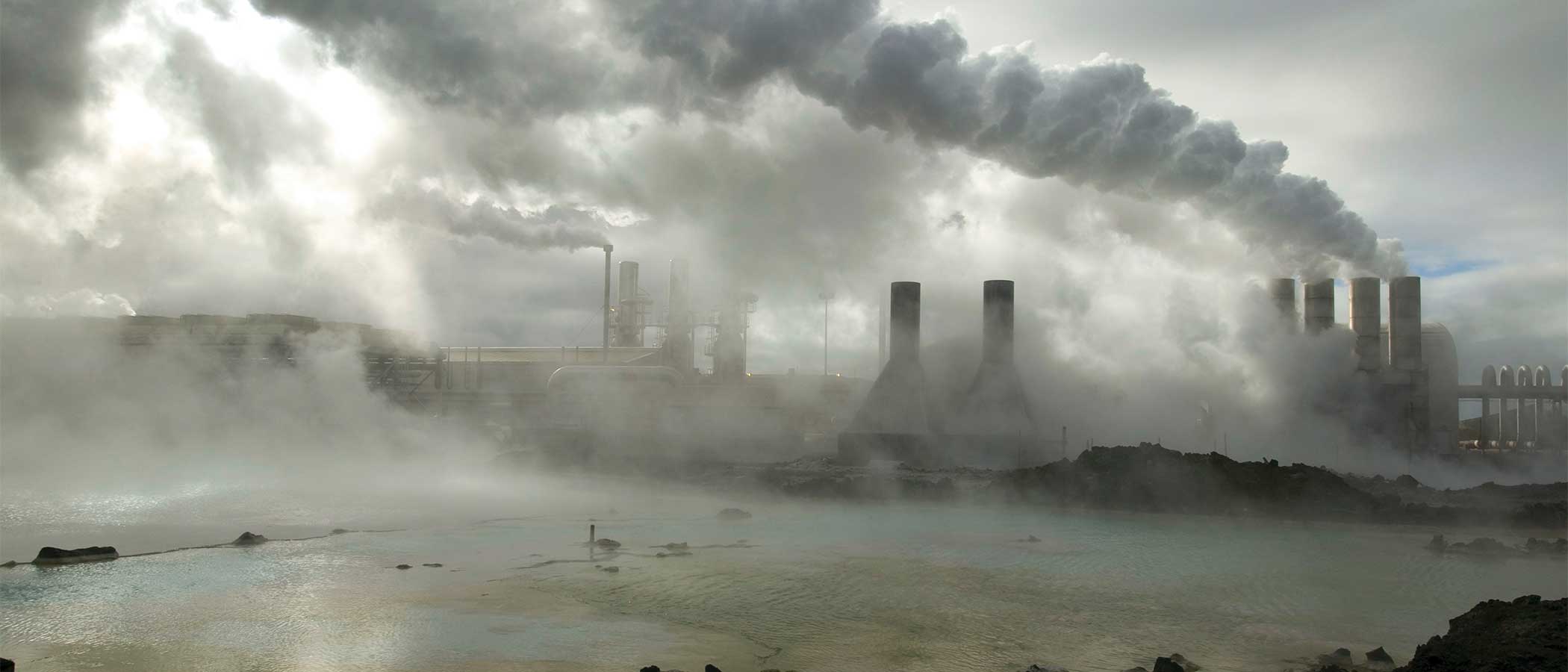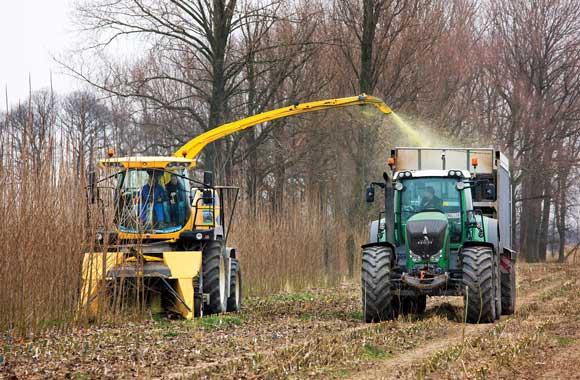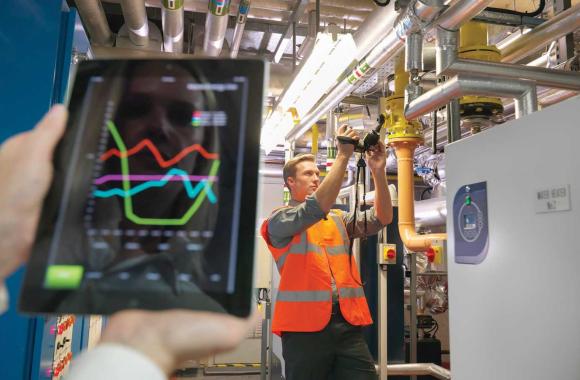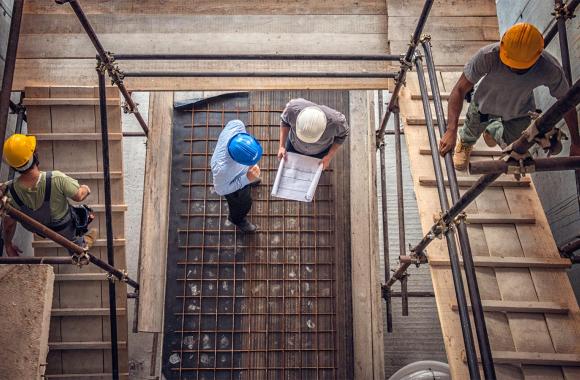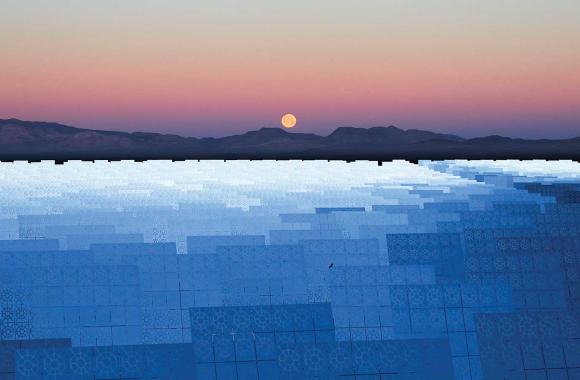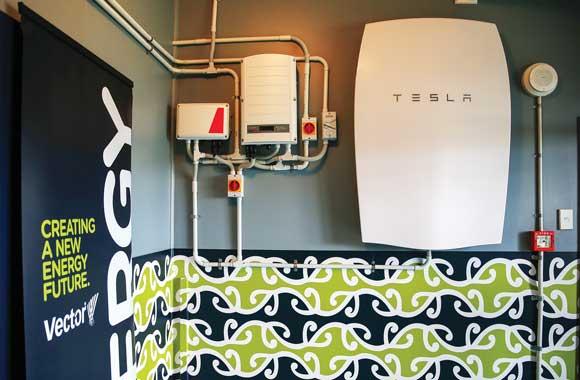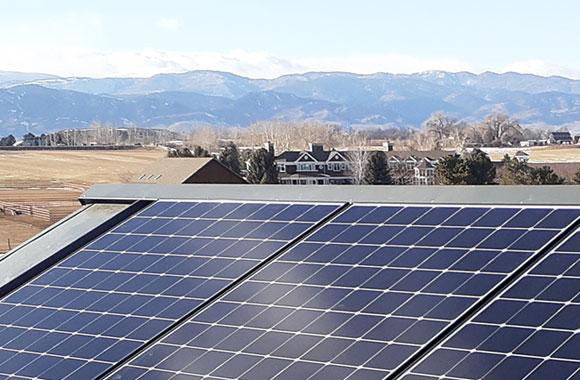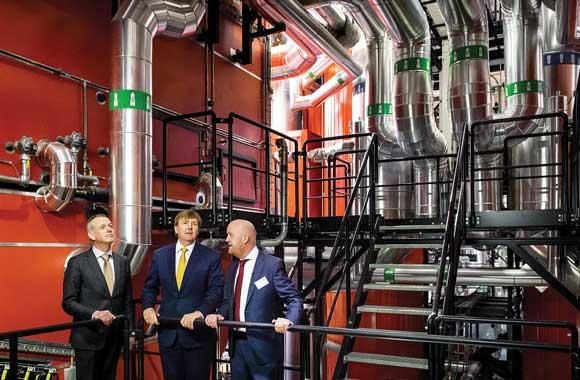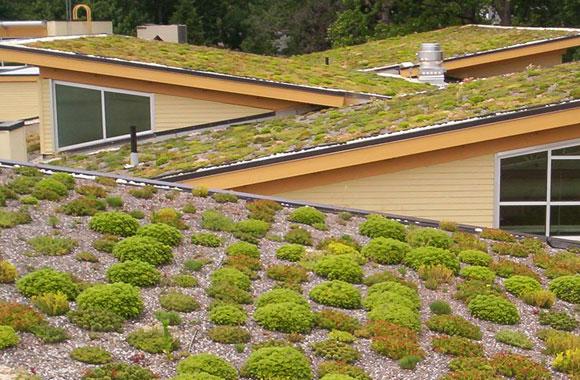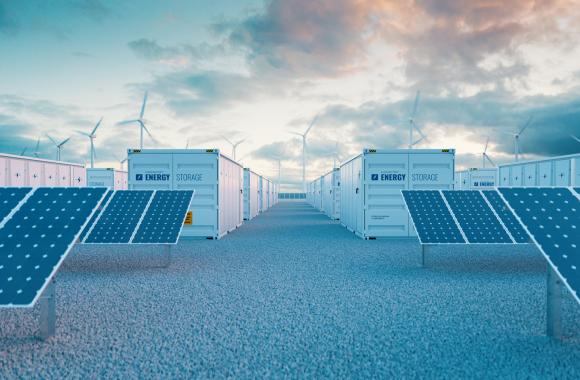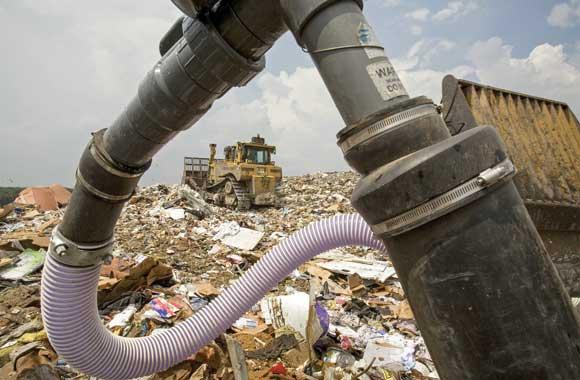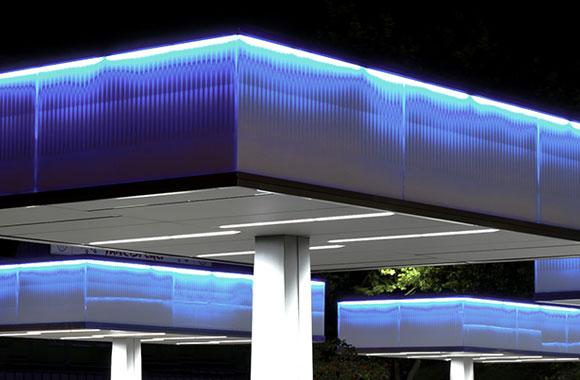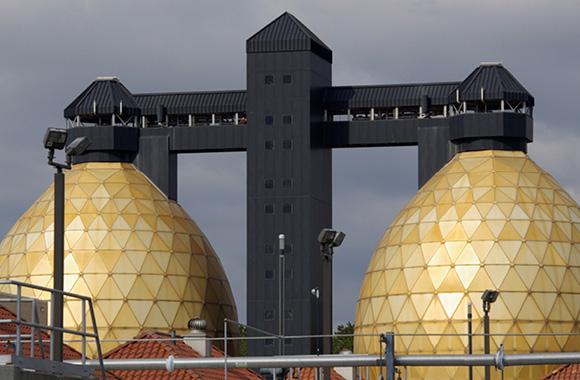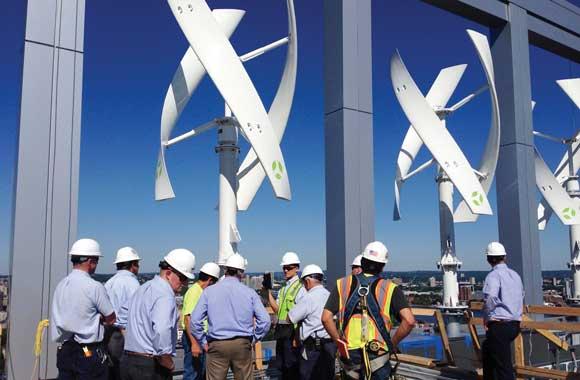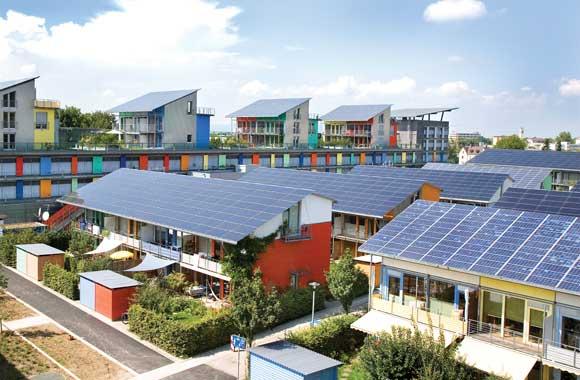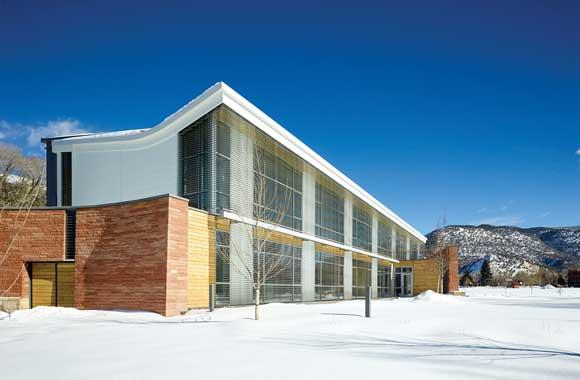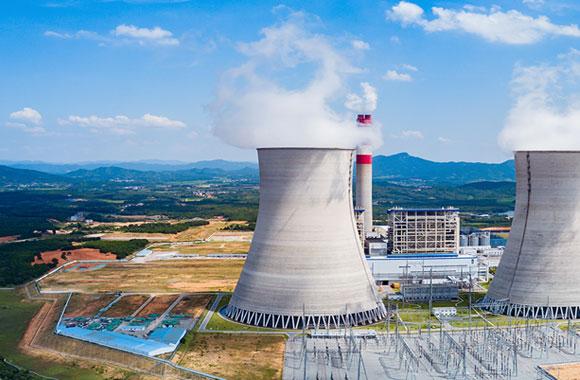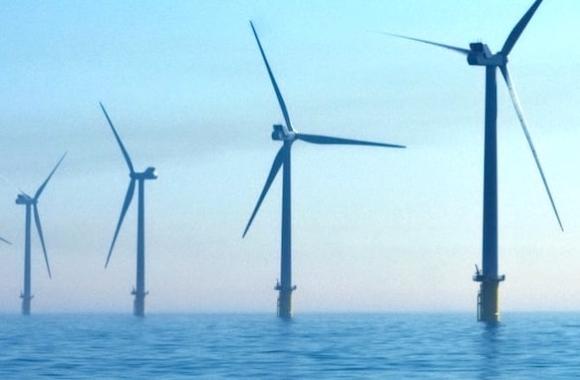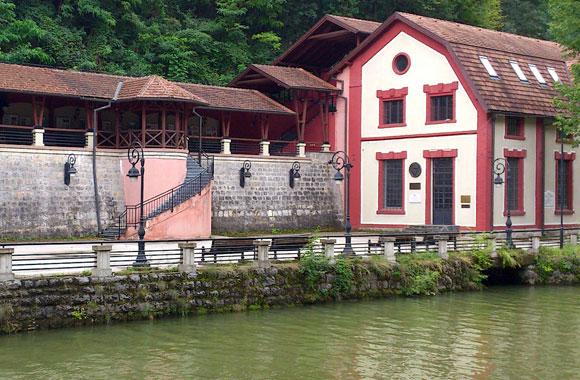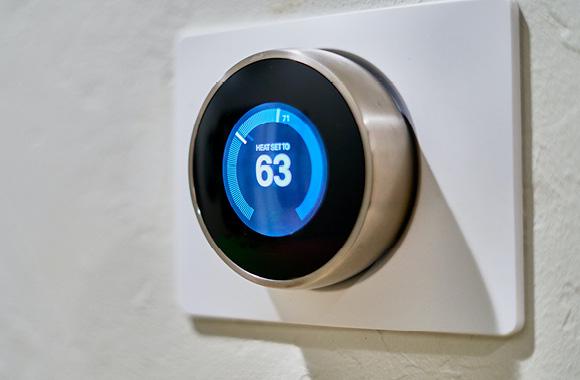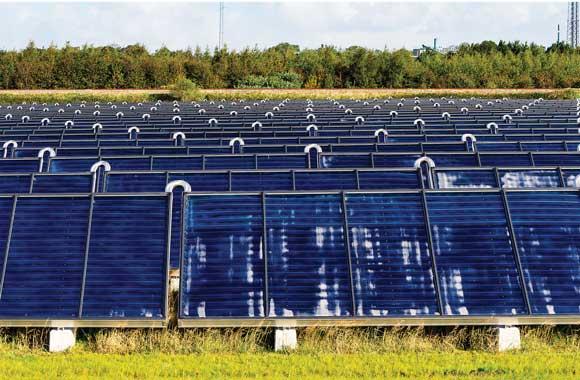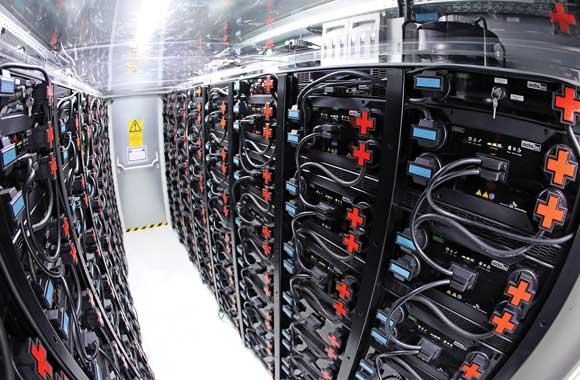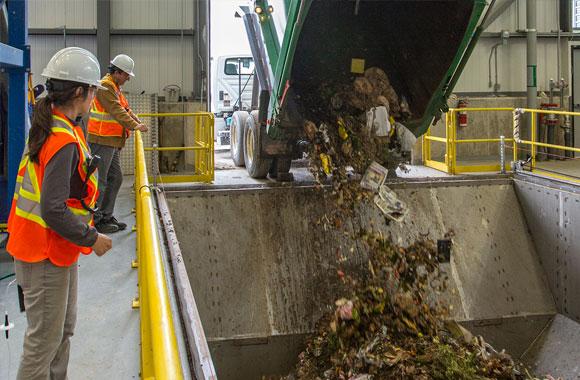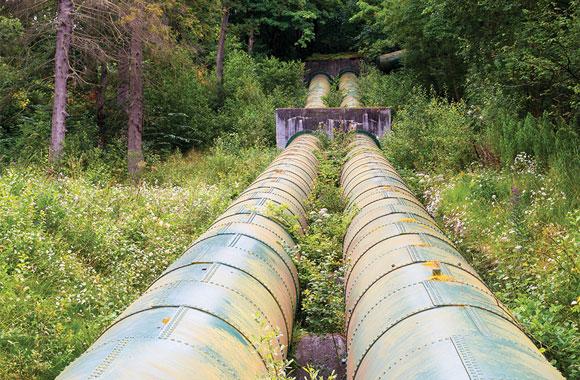Geothermal Power
Steamy hot water from underground reservoirs is the fuel for geothermal power. It can be piped to the surface to drive turbines that produce electricity without pollution.
Reduced/Sequestered
2020–2050
To Implement
Operational Savings
Impact
We assume geothermal power grows from 0.34 percent of global electricity generation to 3 percent by 2050. That growth could reduce emissions by 6.15–9.17 gigatons of greenhouse gases and save US$0.79–1.18 trillion over the lifetime of the infrastructure. By providing baseload electricity, geothermal also supports expansion of variable renewables.
Introduction
Project Drawdown’s geothermal power solution revolves around using geothermal systems to generate electricity. This solution replaces conventional electricity-generating technologies such as coal, oil, and natural gas power plants.
Geothermal power taps into underground reservoirs of hot water, which can be piped to the surface to drive turbines that produce electricity. Prime geothermal conditions are found on less than 10 percent of the planet, but new technologies dramatically expand production potential. There are three main geothermal technologies: dry steam, flash steam, and binary cycle power plants. Flash plants are the most common. Binary cycle plants, the most recently developed, can tap into lower temperature reservoirs (at much higher costs) than flash plants. The choice of technology depends on a number of factors, including the nature of the geothermal resource and the economic feasibility of the project.
With subterranean resources flowing 24/7, geothermal production can take place at all hours and under almost any weather conditions. Geothermal is reliable, abundant, and efficient. While drilling is expensive, the heat source itself is free.
Geothermal energy could make a much more significant contribution through the development of enhanced or engineered systems, particularly those exploiting “hot rock.” Given the costs and limited full-scale system research to date, enhanced geothermal systems remain in their infancy.
Methodology
This analysis models geothermal systems for electricity generation, combining both mature technologies and future expectations for enhanced geothermal systems adoption.
Total Addressable Market
We based the total addressable market for the Geothermal Power solution on projected global electricity generation from 2020 to 2050. The total addressable market is different for our two adoptions scenarios because Scenario 2 projects extensive electrification of transportation, space heating, etc., dramatically increasing demand and therefore production of electricity worldwide.
We estimated current adoption (the amount of functional demand supplied in 2018) at 0.34 percent of generation (90 terawatt-hours).
Adoption Scenarios
We calculated impacts of increased adoption of geothermal power from 2020 to 2050 by comparing two growth scenarios with a reference scenario in which the market share was fixed at current levels.
- Scenario 1: This scenario is derived from the yearly average estimated adoption of IEA (2017) Energy Technology Perspectives 2DS and B2DS scenarios; IEA (2018) World Energy Outlook SDS; and Grantham Institute and Carbon Tracker (2017) NDC policy levels and original technology costs scenario, using a medium growth trajectory. Adoption is 3 percent of the total addressable market (1,232.70 terawatt-hours).
- Scenario 2: This scenario follows a high growth using the same scenarios considered for Scenario 1. Adoption is 3 percent of the total addressable market (1,759.71 terawatt-hours).
Financial Model
All monetary values are presented in 2014 US$.
The experimental nature of enhanced geothermal systems technology makes it difficult to evaluate the costs of a commercial-scale enhanced geothermal systems power plant. We used an average installation cost for the combination of different types of geothermal plants of US$4,491 per kilowatt, based on a meta-analysis of installation costs around the world.
We set an average learning rate of 10 percent to capture both the future costs for mature technologies such as flash and binary—which could see reduced installation costs in the near future—and the uncertainties in the development of enhanced geothermal systems. Investment costs dropped to US$3,057 per kilowatt in 2030 and close to US$2,475 per kilowatt in 2050.
We used an average capacity factor of 86 percent for geothermal systems for electricity generation, compared with 57 percent for conventional technologies such as coal, natural gas, and oil power plants. Variable operation and maintenance costs were US$0.017 per kilowatt-hour and fixed costs were US$154.3 per kilowatt compared with US$0.005 and US$34.7, respectively, for conventional technologies. When fuel costs are considered, geothermal plants have significantly lower operational and maintenance costs than coal and natural gas plants.
Integration
We adjusted the total addressable markets to account for reduced demand resulting from the growth of more energy-efficient technologies (e.g., LED Lighting and High-Efficiency Heat Pumps) as well as increased electrification from other solutions such as Electric Cars and High-Speed Rail. We based grid emissions factors on the mix of electricity-generating technologies over time. We determined emissions factors for each technology through a meta-analysis of multiple sources, accounting for direct and indirect emissions.
Results
The net first cost to implement Scenario 1 is US$84.33 billion from 2020 to 2050, with US$0.79 trillion in net operational savings over the lifetime of the technologies. Under this scenario, adoption of geothermal technologies for electricity generation could avoid 6.15 gigatons of carbon dioxide equivalent greenhouse gas emissions from 2020 to 2050.
Scenario 2 shows reductions over 2020 to 2050 of 9.17 gigatons of carbon dioxide equivalent greenhouse gas emissions. The net first cost to implement the scenario is US$93.08 billion from 2020 to 2050, with US$1.18 trillion in net operational savings over the lifetime of the technologies.
Discussion
There exists a vast and untapped technical potential for geothermal energy. Much of the initial development could take place in areas with lots of conventional, high-temperature hydrothermal resources that have yet to be developed, such as Indonesia, the Philippines, Central and South America, and East Africa. Geothermal could act as a form of baseload power and peaking power, helping to support the increased grid integration of other forms of renewable electricity to further bring down emissions.
Large up-front costs and the high risk of investing are two of the biggest barriers to the expansion of geothermal electricity. Drilling rig rates and associated costs often make up the largest cost component of geothermal plants, and these face a high chance of failure in exploratory stages.
Many governments are setting targets for developing high-temperature hydrothermal resources. They could be aided through renewable portfolio standards, a price on carbon, and guaranteed power purchase agreements or feed-in tariffs. A publicly accessible and continuously updated database of geothermal resources could also aid in exploration and cut down on production costs. There is a need for technology research, development, and demonstration.
References
Grantham Institute and Carbon Tracker (2017). Expect the Unexpected. The Disruptive Power of Low-carbon Technology. Grantham Institute- Climate Change and the Environment and Carbon Tracker Initiative. Retrieved from: https://www.imperial.ac.uk/media/imperialcollege/grantham-institute/public/publications/collaborative-publications/Expect-theUnexpected_CTI_Imperial.pdf
IIEA. (2017). Energy Technology Perspectives 2017 - Catalysing Energy Technology Transformations. International Energy Agency (IEA). Retrieved from: https://www.iea.org/etp/
IEA. (2018). World Energy Outlook 2018. International Energy Agency (IEA). Retrieved from: https://webstore.iea.org/world-energy-outlook-2018.
What You Can Do
Learn about the benefits of geothermal energy, and share what you learn with someone else.
If you are building or remodeling your home or business, consider whether a geothermal HVAC system might suit your circumstances.
- Expand your knowledge by exploring another Drawdown solution.
Co-benefits
Access to the clean and affordable energy geothermal provides supports education, health care, agriculture, and small businesses.
Deploying this climate solution stimulates local economies and creates employment opportunities. The installation, operation, and maintenance of renewable energy systems require skilled labor, creating jobs and contributing to economic growth.
Shifting to clean and renewable energy sources reduces indoor and outdoor air pollution, which is a significant health concern in many developing countries. By replacing traditional fuels like wood and coal with cleaner alternatives improves air quality, reducing respiratory illnesses and related health issues.
In developing countries, this solution expands access to modern and reliable energy services, enabling communities to meet basic energy needs such as lighting, cooking, heating, and powering essential services like health-care facilities and schools.

